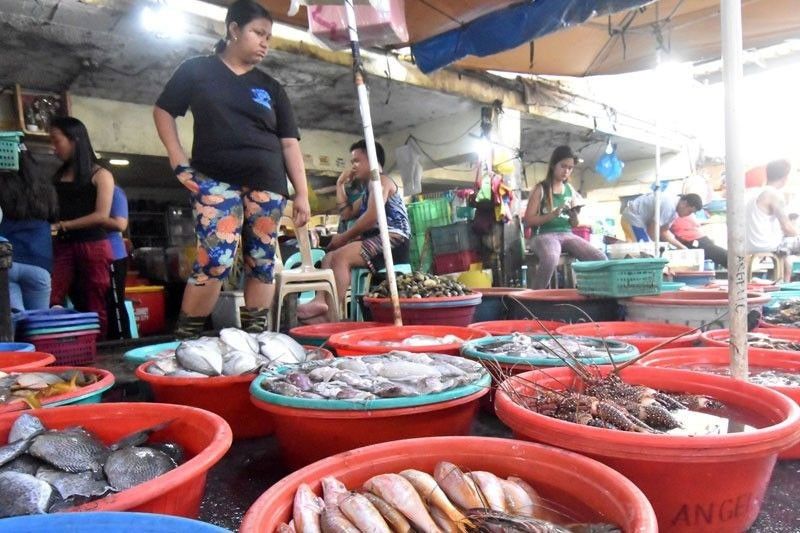BFAR defends fish importation

MANILA, Philippines — The Department of Agriculture (DA)’s decision to import at least 35,000 metric tons of fish is necessary to prevent supply shortage during the three-month closed fishing season from October to December, an official of the Bureau of Fisheries and Aquatic Resources (BFAR) said yesterday.
In a text message to The STAR, BFAR spokesperson Nazario Briguera said that the volume of fish imported this year is 29 percent more compared to the 25,000 metric tons allowed by the DA in 2022 amid the expected drop in fisheries production this year.
“Well, the primary reason is the implementation of a closed fishing season under FAO (Fisheries Administrative Order) No. 259. We also factored in the occurrence of calamities which could affect fish production and usually happen during the third and fourth quarters,” Briguera said.
“The premise while we are importing fish is to ensure enough supply of fish in the markets and following the law of supply and demand, if you have enough supply of fish in the market, the retail prices will not also increase,” Briguera said in a separate radio interview.
Agriculture Senior Agriculture Undersecretary Domingo Panganiban signed Memorandum Circular number 36 allowing the importation of 35,000 MT of fish on Aug. 15.
Under the memorandum, importers are allowed to bring in frozen round scad, big eye scad, mackerel, bonito and moonfish from Oct. 1 to Dec. 31.
Briguera said that the volume of fish to be secured outside was based on the study of historical data. “Every year, we allow importation to address the gap (in supply) during the closed fishing season,” he said. “This (imported fish) should go straight to the wet markets and not the industrial users.”
The approved volume of imported frozen small pelagic fishes is expected to start coming into the country by the end of October to early November and will come in two tranches, Briguera said.
The agriculture department said the sanitary and phytosanitary clearances (SPSICs) under the CNI (certificate of necessity to import) volume will be issued in two tranches.
The first tranche composed of 50 percent of MIV (maximum importable volume) will be issued from Oct. 1 to 30, while the second tranche is from Nov. 6 to 30.– Bella Cariaso
- Latest
- Trending
































